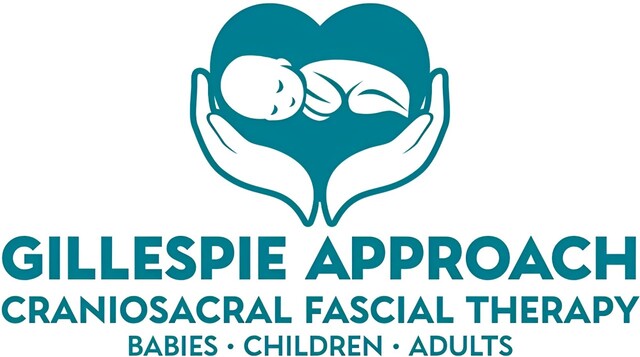The Origin of the Baby Brain Score
In 2007, Dr. Barry Gillespie was the principal author in formulating the Baby Brain Score (BBS) approach. An article on this topic was published in the spring of 2010 in The Internet Journal of Pediatrics and Neonatology. The BBS is a screening test done for newborns following the Apgar Scores to assess neonatal neurophysiology. To complete the approach, Gillespie Approach–Craniosacral Fascial Therapy is done immediately to relieve soft-tissue strain in the tiny body.
Research and Findings (2007-2012)
From 2007 to 2012, Dr. Barry Gillespie, Kristen Myers, and Michael Myers extensively researched the newborn work in Lancaster County, Pennsylvania. During that time, the entire Gillespie Approach–Craniosacral Fascial Therapy team evaluated and treated about 800 infants in Mexico, Canada, and America. They were grateful for the opportunity to do this work. Even though they had no financial backing, God opened every door for six years. From this work, Dr. Barry Gillespie published his third book, The Brain Score Approach, in November 2010.
The Future of the Gillespie Approach in Neonatal Care
The next step is to present the work to the world’s birth professionals. Dr. Barry Gillespie believes that a great opportunity for the Gillespie Approach–Craniosacral Fascial Therapy and the Baby Brain Score to shine is in the neonatal intensive care unit (NICU). He believes very strongly that Gillespie Approach–Craniosacral Fascial Therapy can truly help these newborns become calmer and more relaxed so they can function better and heal faster. He plans to retire when every one of the world’s 134 million babies receives the Gillespie Approach–Craniosacral Fascial Therapy and the Baby Brain Score at birth.
Addressing Trauma with Craniosacral Fascial Therapy
If any trauma restricts the fascial web after conception, the craniosacral tissues can also tighten. Childhood accidents or any surgery cutting into the fascial web can restrict the craniosacral motion. These traumas can create an onion layering effect over a lifetime.
We may accept our bodies getting tighter as the normal course of aging. But when CFT revisits each layer in my world, authentic healing can free up our bodies to function better, regardless of age.
The Memory of Trauma in the Fascial Web
The downside of this system is that it holds the memory of every trauma since conception. You might feel that these traumas were completely healed long ago, but the fascial web still remembers and holds their restrictions.
So your chronic head and neck pain now at X years of age may have started with pelvic fascial strain in the womb. That strain restricted the fetal craniosacral motion of the sacrum and cranial tissues. You may have been crying after birth from a headache, but no one noticed. In reality, you have lived with this strain your entire life.
Fascination with the Craniosacral Fascial System
I find this space/time continuum aspect of the craniosacral fascial system absolutely fascinating. It neatly explains why many people can live very healthy lives for years but never completely recover from their chronic illnesses. This is all the more reason to address birth trauma on day one of life.
CFT vs. CST: Understanding the Difference
People often ask me how craniosacral fascial therapy (CFT) is different from craniosacral therapy (CST). This story exemplifies the distinction:
A thirteen-year-old boy presented with headaches. He had at least four concussions in his life. I was expecting sports injuries, but his parents said he was just clumsy, even as a toddler.
He had a long, hard labor and was a very unhappy baby. Mom questioned why her nine other children grew up fine while this child had noticeable difficulties.
When he first learned to walk, he was tight in his hips and could not move freely. While falling down, he could not catch himself with his arms and fell directly on his head.
There were many unseen blows, and they were aware of four concussions. When he later developed behavioral ADHD issues, the parents did not want to give him drugs and instead wanted to find the root cause of his problem.
He had unsuccessfully seen four craniosacral professionals, including two respected cranial osteopathic physicians in the area. I saw that his fascial web was very tight in his hips and upper body.
When I helped to free up his hip fascia, his brain cycle opened nicely. When he started to release his trunk and neck arching and twisting fascial strains, his brain cycle opened to 90 seconds at the end of the first visit.
I believe that the other professionals had failed because they did not realize that his tight fascial web was restricting his craniosacral system. A provider can work this system until the cows come home, and it still will not respond optimally.
The craniosacral system and fascial web are not separate entities. The complete craniosacral fascial system needs to be treated for a successful outcome.
The goal for this boy would have been for a provider to treat his entire system at birth to prevent his current situation. Gillespie Approach Training is a must for all neonatal providers.

